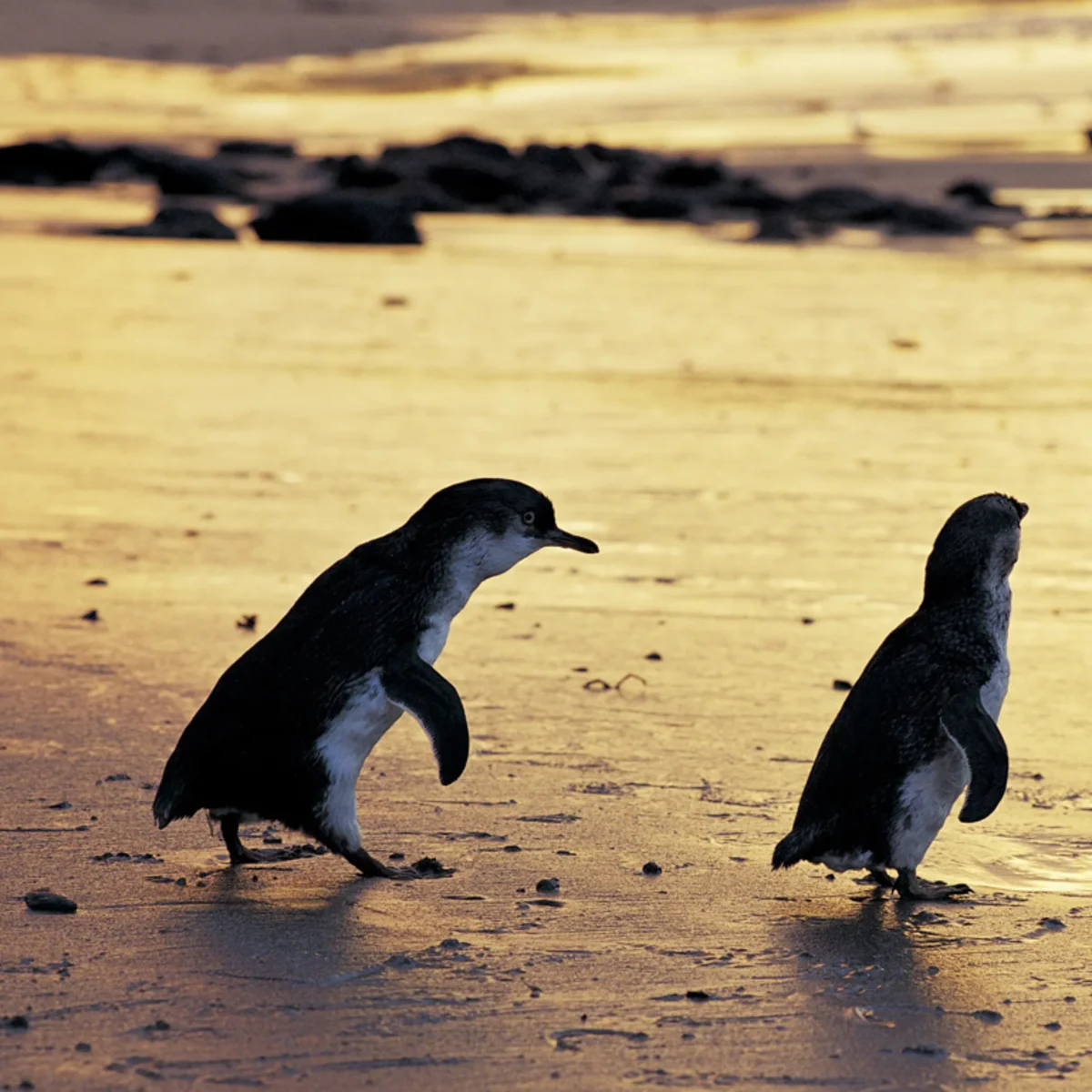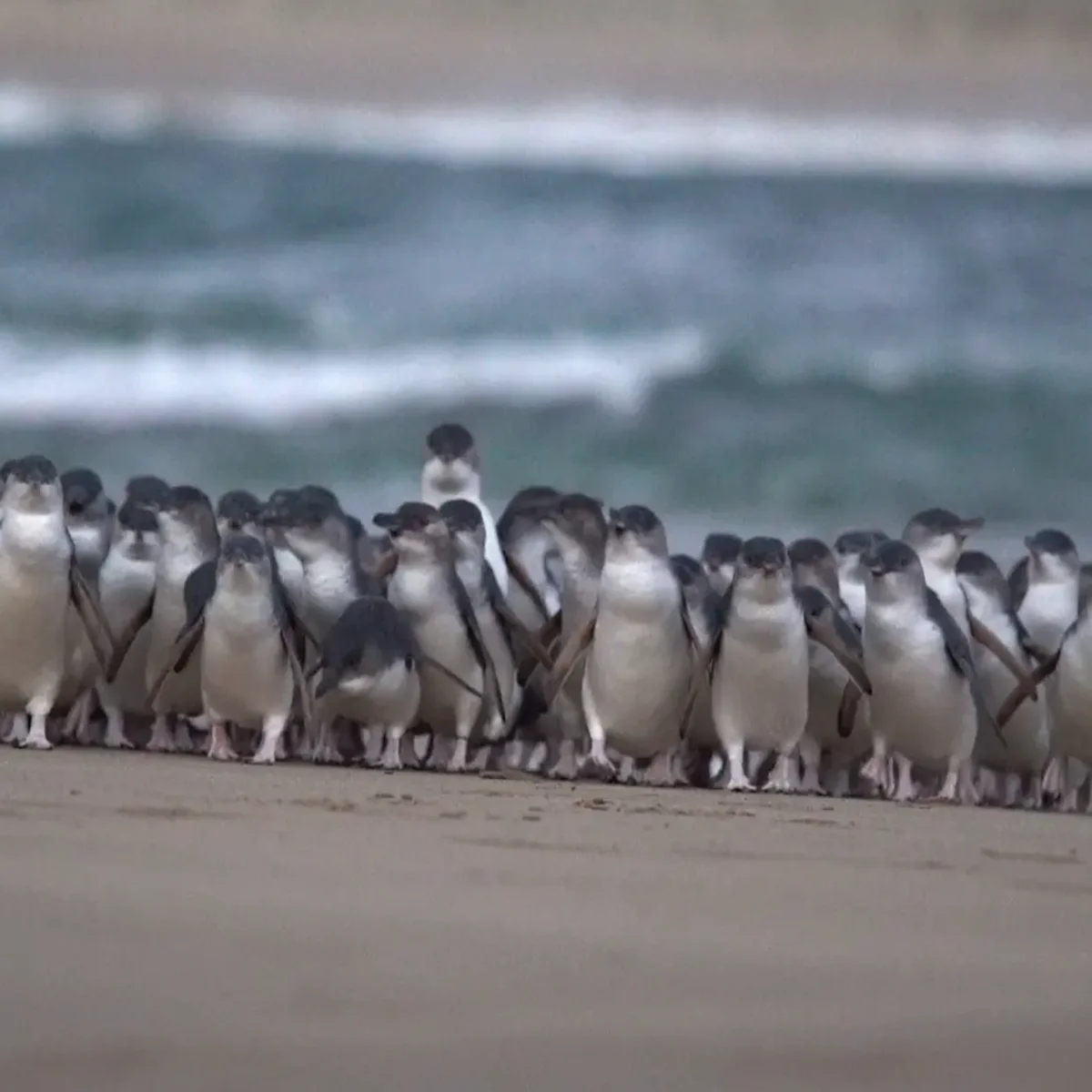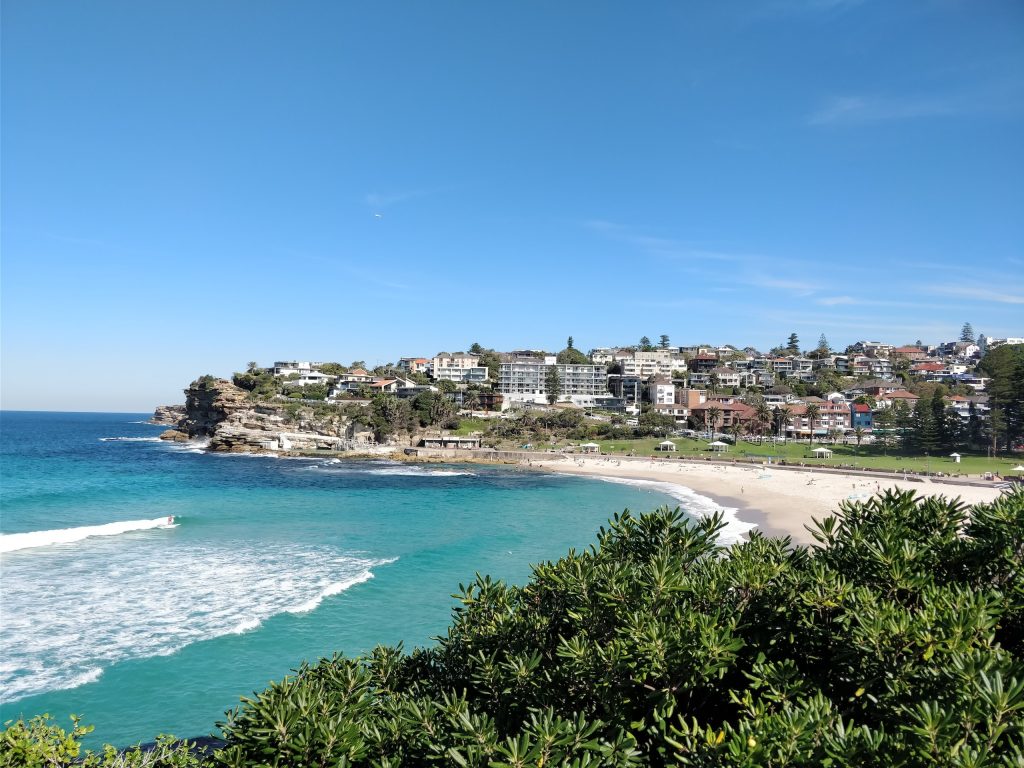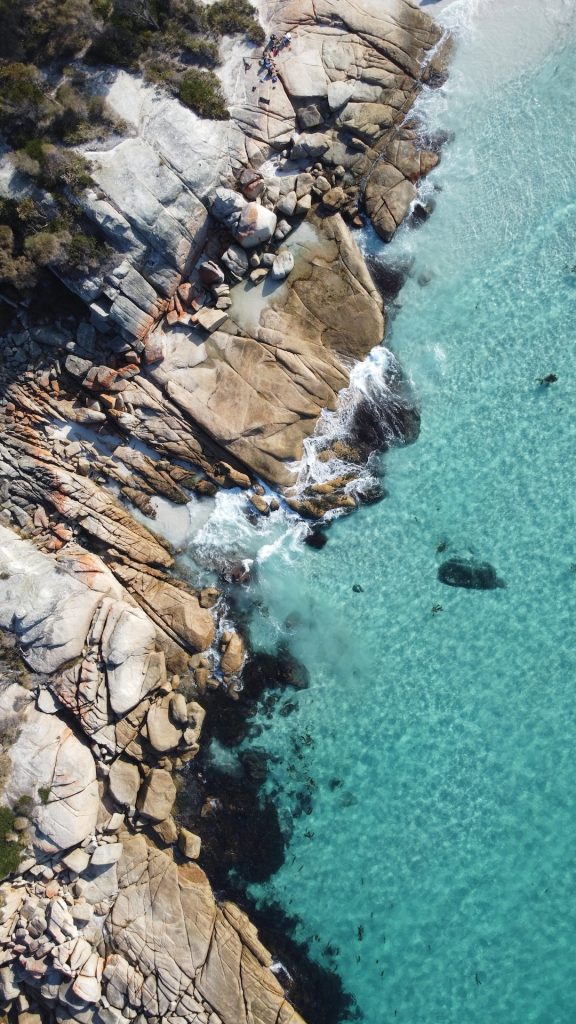One of the notable nature experiences on the island is the world-renowned Penguin Parade.
Every evening, the local colony of Little Penguins on the island march up the beach to their nests after a day of fishing. Many visitors visit the island yearly to witness this natural event and learn about the penguins that call the island home.

Little Penguins
The Little Blue Penguin is the cutest and smallest species known to man. They stand at an average of 33 centimetres with dark blue feathers and a white underbelly. They are the only penguin species found on mainland Australia, with other colonies in Tasmania, New Zealand, and the Chatham Islands. These penguins spend most of their time in the deep seas. The only time humans can easily see them is when they waddle from the beach to their nests.
The Penguin Parade
Long before the days of human footprints, the shores of Phillip Island have been the rightful pad for the Little Penguins. These tiny battlers have drawn a crowd since the 1920s, charming the locals and blow-ins with their nightly march to the nest, making it a fair dinkum spectacle for nearly a century.
A trio of mates kicked off the first proper squiz at these penguins: Bert West, Bern Denham, and Bert Watchorn. They dubbed the spot Summerland Beach and set up a nightly show for the keen onlookers. The crew would be there to meet the punters as they hopped off the ferry, ready with a warm g’day and a charge of five bobs for what was pegged as a once-in-a-lifetime gander at wildlife. For an extra shilling, you could even snag some strawberries and cream to scoff while you took in the night’s performance.
In the 1940s, Summerland Beach became popular for picnics and relaxation, attracting many visitors and homeowners. Unfortunately, the increase in human activity negatively impacted the Little Penguin colony. As they left the sea, dogs began to kill the penguins, and the construction of houses destroyed their natural habitat, leading to a significant decrease in the penguin population.
During the 1960s, efforts were made to implement a radical change in the tourism of Little Penguins. Fences and viewing platforms were put in place to limit human interference in the penguins’ habitats, leading to the creation of the Penguin Parade as it is known today.
About Penguin Parade
The Penguin Parade site offers various viewing options, including seating for visitors and advanced options for a closer look at the penguins.
The Penguins Plus upgrade provides an in-depth look at penguins’ behaviour, history, and habitat as you observe them coming ashore.
The Penguin Plus upgrade is available on our Phillip Island Tours.
Penguin Plus Area
Righto, the Penguins Plus spruce-up gives you a quiz from a brand-spankin’ new viewing platform, knocked up by the folks at Phillip Island Nature Parks and the RACV. They’ve gone all out, drawing a heap from the natural goodies around the beach and the rest of Phillip Island, so you’re in for an honest, fair dinkum look at the penguins.
As these little tackers toddle along their particular track on the sand, you’re in the thick of it, copping a gander that’s as up-close and personal as it gets.
Before and after the penguins do their waddle past, you’re sweet to have a stickybeak through the visitor’s centre on the spot. It’s chockers with info on the penguin blokes. You can nose around interactive bits and pieces that tell the rocky yarn of the Little Penguins of Phillip Island, plus get the lowdown on all the hard yakka that’s gone into looking after the little fellas and their digs over the years.

Catching the Penguin Parade with the Plus ticket is a ripper of an experience. Not only are you in the front row for one of Mother Nature’s top spectacles, but you also get a special peek at the Little Penguins doing their thing right on their home turf. By the time you set off from Phillip Island, you’ll be up to date with these creatures and happy to see their intriguing lives up close.


